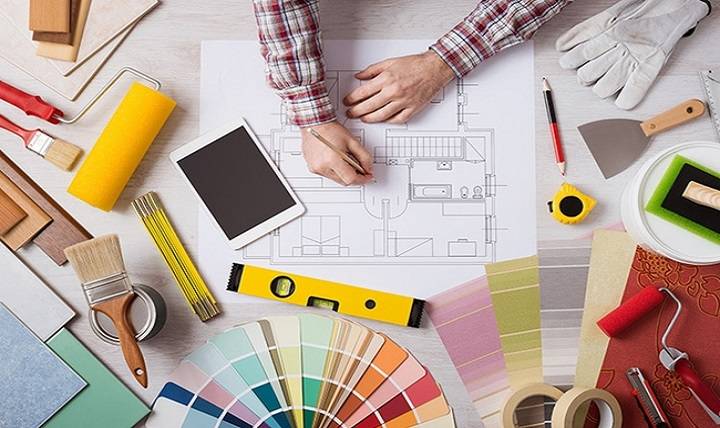Interior design is a rapidly growing field with a high demand for qualified professionals. If you are passionate about designing and transforming spaces, becoming a licensed interior designer may be the right career path for you. In this article, we will discuss the steps and requirements to become a licensed interior designer.
Step 1: Obtain a Degree in Interior Design

The first step to becoming a licensed interior designer is to obtain a degree in interior design. Most states require a minimum of a bachelor’s degree in interior design or a related field from an accredited institution. During your education, you will learn the principles of design, spatial planning, materials, and construction.
Step 2: Gain Work Experience
After completing your degree, gaining work experience is crucial to becoming a licensed interior designer. Most states require a minimum of two years of work experience under a licensed interior designer or architect. During this time, you will gain practical experience working on real projects and building your portfolio.
Step 3: Pass the NCIDQ Exam
The National Council for Interior Design Qualification (NCIDQ) exam is a three-part exam that tests your knowledge and skills in interior design. The exam covers topics such as building systems, codes and regulations, space planning, and lighting. Passing the NCIDQ exam is a requirement for becoming a licensed interior designer in most states.
Step 4: Apply for a License
After completing your education, gaining work experience, and passing the NCIDQ exam, you can apply for a license to practice interior design in your state. The requirements and application process vary by state, so it’s important to research the specific requirements in your state.
Benefits of Becoming a Licensed Interior Designer

Becoming a licensed interior designer has many benefits, including:
Increased Credibility
Being licensed demonstrates that you have met the educational and professional requirements to practice interior design.
More Opportunities
Many states require a license to practice interior design, so becoming licensed increases your job opportunities.
Higher Earning Potential
Licensed interior designers often earn higher salaries than those who are not licensed.
Access to Professional Resources
As a licensed interior designer, you have access to professional organizations, resources, and networking opportunities.
Legal Protection
Being licensed provides legal protection for you and your clients. Licensed interior designers are required to adhere to ethical and professional standards, which can help protect clients from unscrupulous designers.
Continuing Education Requirements
In addition to obtaining a license, licensed interior designers are often required to complete continuing education courses to maintain their licenses. Continuing education courses help keep designers up to date with the latest trends and technologies in the field and ensure that they maintain their knowledge and skills.
Becoming a licensed interior designer requires education, work experience, and passing the NCIDQ exam. Once you have obtained your license, you will have increased credibility, more job opportunities, and higher earning potential. It’s important to research the specific requirements in your state and to stay up to date with continuing education courses. With dedication and hard work, you can become a licensed interior designer and transform spaces into beautiful and functional works of art.







